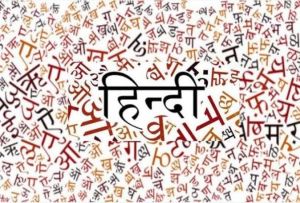Difference between revisions of "Language/Hindi/Grammar/Imperative-Mood"
Jump to navigation
Jump to search
| Line 3: | Line 3: | ||
<div style="font-size:300%"> Imperative Mood in Hindi</div> | <div style="font-size:300%"> Imperative Mood in Hindi</div> | ||
Whereas there is only one imperative in English, there are '''5 different imperatives''' in Hindi. | Whereas there is only one imperative in English, there are '''5 different imperatives''' in Hindi. | ||
Each form convey different levels of politeness: | Each form convey different levels of politeness: | ||
Revision as of 10:17, 9 October 2021
Imperative Mood in Hindi
Whereas there is only one imperative in English, there are 5 different imperatives in Hindi.
Each form convey different levels of politeness:
- Sunnā is simply the infinitive of the verb “to listen” and it can also be used as a somewhat crude imperative.
- Similarly, sun —the root of the infinitive—carries a rough undertone. Both can be used among good friends or close relatives.
- Suno is slightly more polite and can be used among acquaintances or in casual everyday speech; but don’t use it in front of persons of authority or high standing.
- Suni(y)e is the polite word of choice; one could translate it as “please listen”.
- Suni(y)egā is extra-polite (“Would you kindly listen?”) and rarely heard in everyday encounters.
